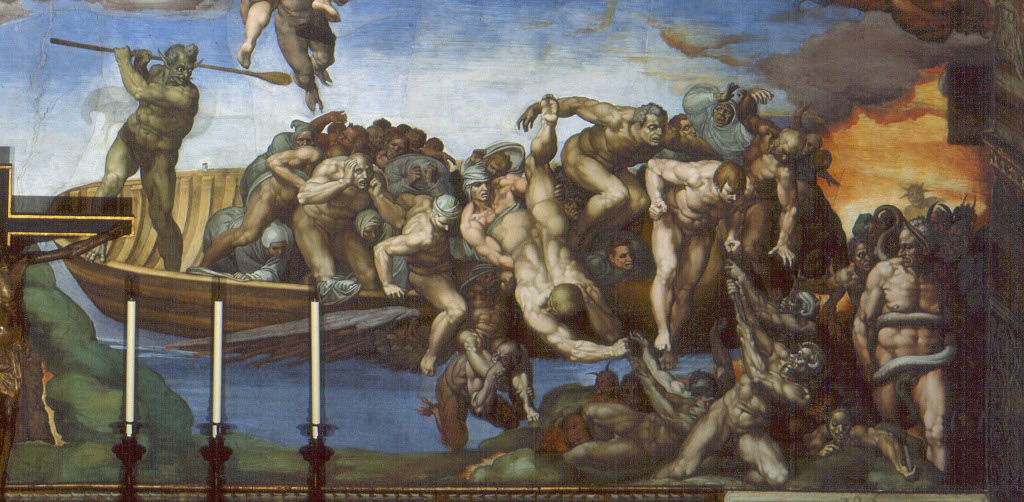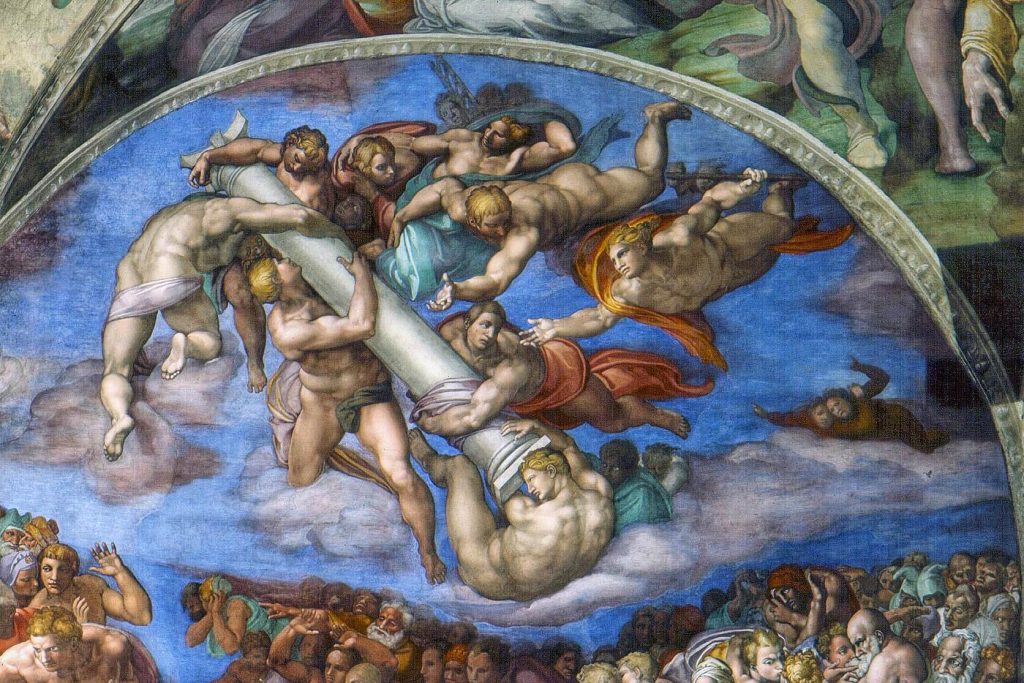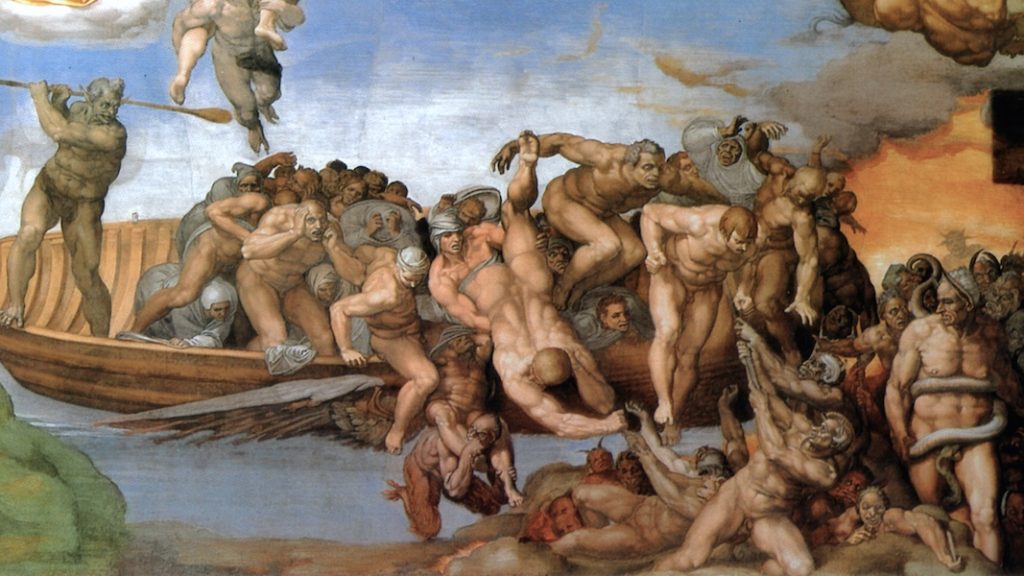michelangelo judgement day painting stands as a testament to his unparalleled skill and creativity, captivating audiences for centuries with its breathtaking portrayal of divine judgment. As we delve into this iconic masterpiece, let’s uncover the intricacies of its composition, symbolism, and enduring legacy.
Creation: A Labor of Love
Commissioned by Pope Clement VII in 1534, Michelangelo embarked on the monumental task of painting “The Last Judgment” on the altar wall of the Sistine Chapel. Working tirelessly for over four years, he poured his heart and soul into every brushstroke, infusing the artwork with a sense of drama, emotion, and spiritual depth that transcends time.
Composition: A Triumph of Form and Movement
At the heart of “The Last Judgment” lies a dynamic composition that captivates the viewer’s gaze from every angle. Michelangelo masterfully orchestrates the interplay of light and shadow, creating a sense of depth and movement that draws the eye towards the central figure of Christ. Surrounding him, a multitude of figures—saints, sinners, and angels—fill the canvas with a palpable sense of tension and anticipation.

Symbolism: Allegory of Divine Justice
Central to Michelangelo’s vision is the theme of divine judgment, depicted with striking symbolism and allegory. The righteous ascend to heaven, their faces radiant with joy and salvation, while the damned are cast down into the depths of hell, their expressions twisted in agony and despair. Through powerful imagery and iconography, Michelangelo explores the eternal struggle between good and evil, redemption and damnation, inviting viewers to contemplate their own mortality and spiritual destiny.
Influence: Shaping Artistic Discourse
“The Last Judgment” not only solidified Michelangelo’s reputation as a master of the Renaissance but also left an indelible mark on the course of Western art history. Its monumental scale, emotional intensity, and innovative techniques inspired generations of artists, from the Baroque period to the present day. From Caravaggio to Rubens, Titian to El Greco, echoes of Michelangelo’s vision reverberate throughout the annals of art, continuing to shape artistic discourse and aesthetic sensibilities.

Controversy: A Source of Debate and Dialogue
Upon its completion, “The Last Judgment” sparked controversy and debate among clergy and laity alike. Critics denounced its bold depiction of nudity and perceived irreverence towards sacred subjects, leading to calls for censorship and alteration. In response, Michelangelo’s defenders argued passionately for the integrity and artistic freedom of the work, heralding it as a triumph of spiritual expression and human creativity.
Legacy: Enduring Reverence and Recognition
Despite the passage of centuries, “The Last Judgment” remains a revered and iconic masterpiece, drawing pilgrims and art enthusiasts from around the world to behold its awe-inspiring beauty. From its intricate details to its overarching themes, Michelangelo’s magnum opus continues to resonate with viewers on a profound and spiritual level, transcending cultural and temporal boundaries to inspire wonder, contemplation, and reverence for generations to come.
Conclusion: A Testament to Genius
In the grand tapestry of art history, michelangelo judgement day painting shines as a beacon of genius and creativity, illuminating the human spirit with its timeless beauty and profound insight. Through its composition, symbolism, and enduring legacy, this monumental masterpiece invites us to ponder life’s ultimate questions and confront the mysteries of existence with courage, humility, and awe. As we gaze upon its sublime imagery, we are reminded of the boundless potential of the human imagination and the enduring power of artistic expression to elevate, inspire, and transcend the limitations of our mortal coil.


